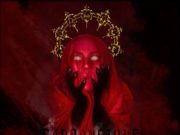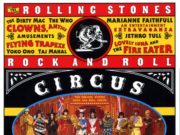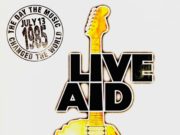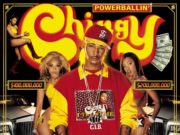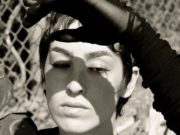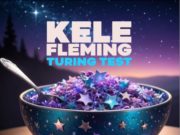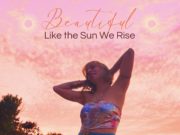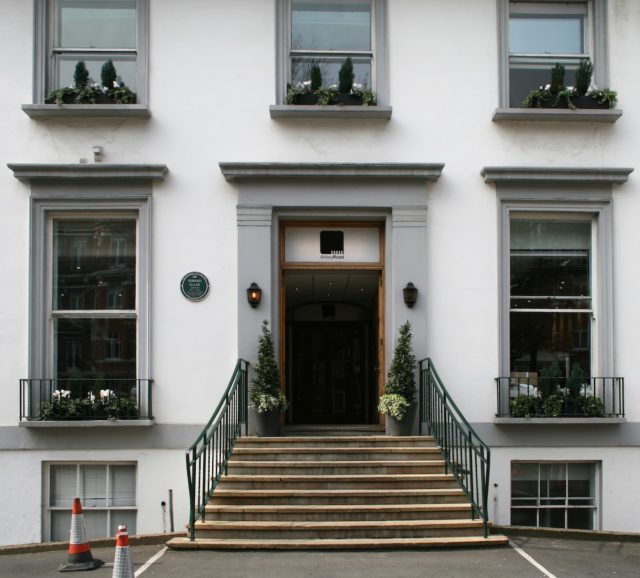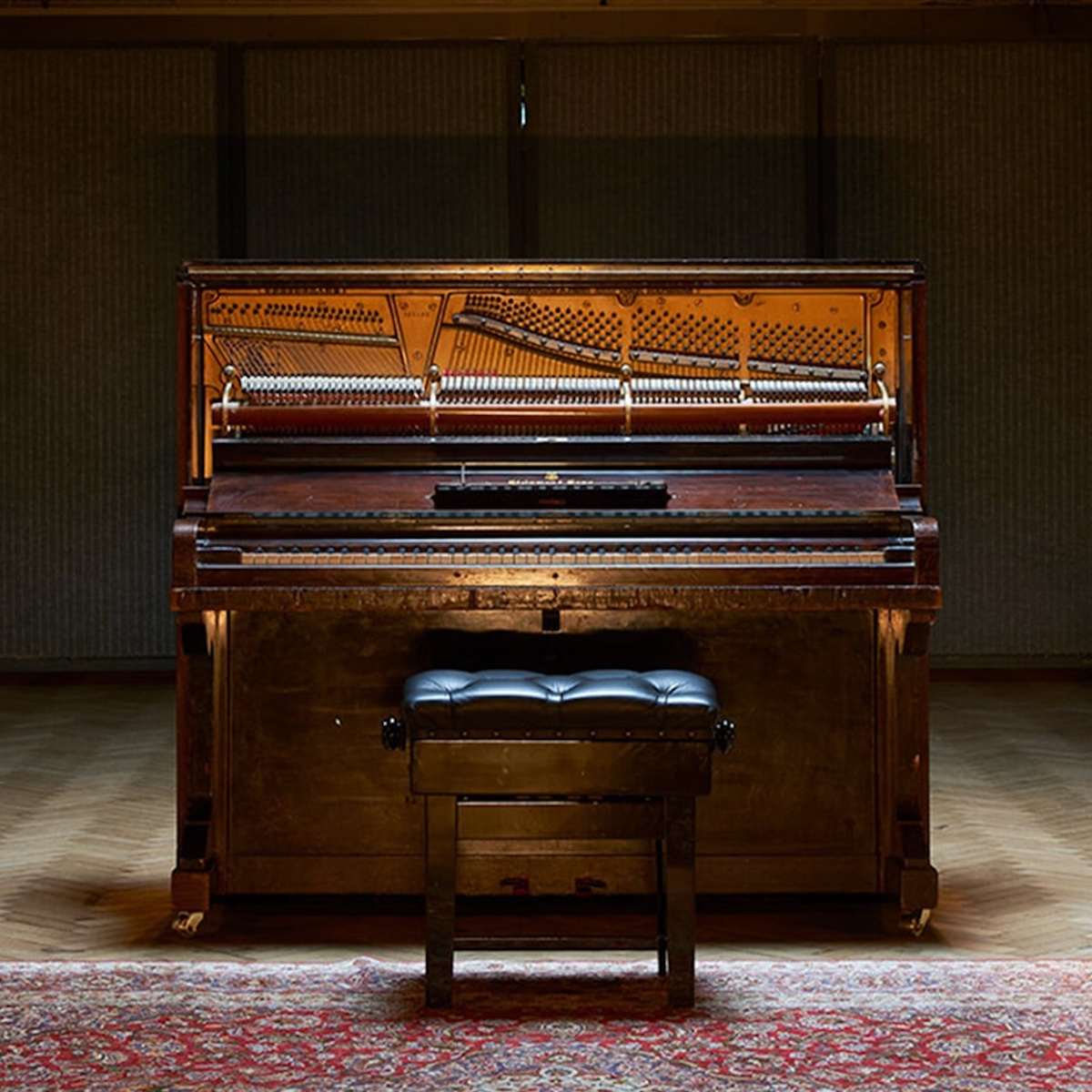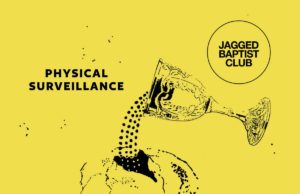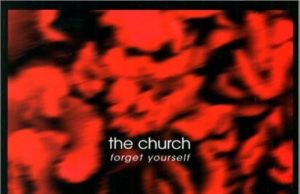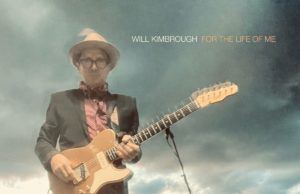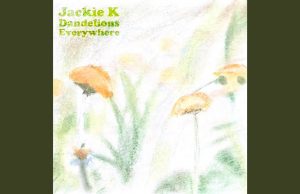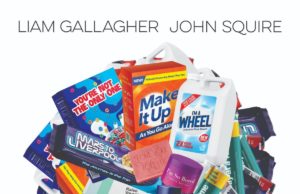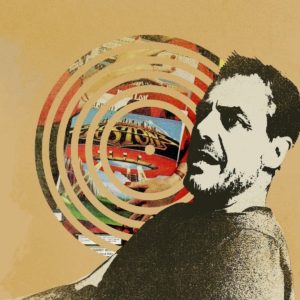 I am not interested in meeting any more of my musical heroes. I’ve had the pleasure a few times, and it’s usually an awkward experience. What can you tell them they’ve never heard before? What could one say that would stay with them? It gives me anxiety. One exchange I’m proud of was when my buddy drunk-dialed us a pair of Alice Cooper tickets — and felt compelled to get “the platinum package.” I’m not sure what this tipsy extravagance cost him, but it came with VIP passes and a post-show meet-and-greet. I came prepared. All through the show, I clutched a copy of the Ottawa indie film Jesus Christ Vampire Hunter, waiting to give it to Alice.
I am not interested in meeting any more of my musical heroes. I’ve had the pleasure a few times, and it’s usually an awkward experience. What can you tell them they’ve never heard before? What could one say that would stay with them? It gives me anxiety. One exchange I’m proud of was when my buddy drunk-dialed us a pair of Alice Cooper tickets — and felt compelled to get “the platinum package.” I’m not sure what this tipsy extravagance cost him, but it came with VIP passes and a post-show meet-and-greet. I came prepared. All through the show, I clutched a copy of the Ottawa indie film Jesus Christ Vampire Hunter, waiting to give it to Alice.
He was pretty stoked with it, and the road manager told me it would definitely be screened — probably many times, and certainly later that night. I chalked that up as a win. I made an effort to return the favour of doing something memorable for someone who has been so very memorable to me. Normally, meeting people like this would not be an artist-fan arrangement, but an artist-journalist one. I greatly prefer these exchanges. They’re much less stressful.
But there is one in-the-flesh musical fantasy I have — and it’s a doozie. It doesn’t involve a person, but a space: Abbey Road Studios. The recording facility in St. John’s Wood, London formerly known as EMI Studios. Of all the studios in the world, that’s the one where I’d most like to cut a song — or an album. And I can tell you this: I’d show up empty-handed.
Sure, it would be unbelievable to make music in the rooms where The Beatles and Pink Floyd recorded legendary albums — but I’d be most stoked to get to try out some of the famous “house” instruments and mics available to artists. Such as:
Mrs. Mills’ Piano
If you’ve ever gone through the records in a thrift shop, you no doubt have encountered a few Mrs. Mills albums. Gladys Mills was an English pianist who released dozens of singalong party albums in the ’60s and ’70s. She was working as a typist in the early ’60s and playing honky-tonk piano in the pub in the evenings when she was discovered by a talent scout. Her first single — Mrs. Mills Medley — broke the Top 20 in 1961.
Mills recorded at EMI Studios on their 1905 Steinway Vertogrand piano. The hammers of the piano had been treated with lacquer to make them harder — giving the instrument a tack piano sound, further augmented by being carefully de-tuned. The piano in Ob-La-Di, Ob-La-Da? That’s the one. Paul McCartney tried to buy it, but the studio refused to part with it. He used it on Lady Madonna and Penny Lane, as well.
Abbey Road purchased the piano in the 1950s from musician Russ Conway. Sometime that decade, EMI engineer Stuart Eltham had it shipped to Steinway to have the hammers lacquered for its distinctive sound. If I were to book studio time at Abbey Road, I could even use it. Incidentally, fees for the day are around $4,500 CAD, not including engineer and musician costs.
Challen pianos
Abbey Road has purchased a number of English-made Challen upright pianos over the years — known to be well-made but affordable. The most famous of these is a 1930s one which was used on Fool On The Hill and A Day In The Life. There is another which was set up to sound similarly to the Mrs. Mills piano. Unlike the Steinway, the Challen pianos actually have a mechanical option for a more metallic sound. Instead of having to spray the hammers with lacquer, the “jangle box” setting puts strips of brass over the strings to produce a brighter tone. The studio had the second Challen in a different studio set up this way. The instrument was briefly listed for sale a few years ago, but was withdrawn. That one appears at the end of Tomorrow Never Knows and, slowed down, on Bike by Pink Floyd. It can be quite difficult to tell the “jangle box” Challen from the Mrs. Mills sometimes. Not only that, but musicians and engineers seem to have spotty memories.
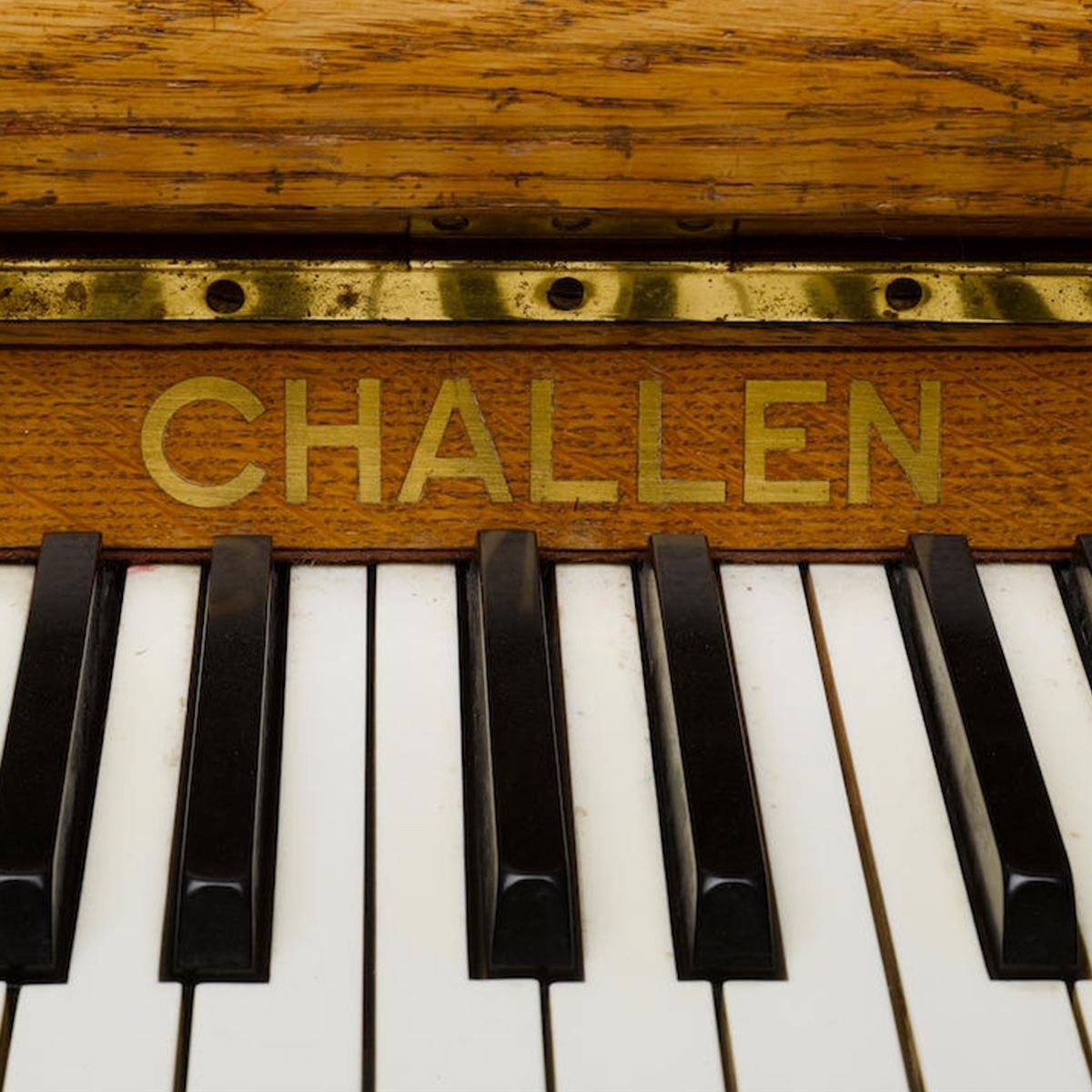
Schiedmayer Celeste
Perhaps the most familiar recording of Abbey Road’s celeste is Rick Wright’s intro to Time on 1973’s Dark Side Of The Moon, but The Beatles also used it extensively on tracks including Good Night from The White Album (1968) and Baby It’s You from Please Please Me (1963).
Grand piano
Abbey Road has both a Steinway and a Yamaha grand piano. The Steinway in Studio 2 (the studio most commonly used by The Beatles) can be heard on the huge E major chord at the end of A Day In The Life on Sgt. Pepper’s Lonely Hearts Club Band. Recorded on Feb. 22, 1967, it took nine attempts for McCartney, John Lennon, Ringo Starr and roadie Mal Evans to hit the chord at exactly the same time. George Harrison was absent, so Mal took his place. Producer George Martin performed his chord on a harmonium. Ringo and Paul played together on Mrs. Mills’ piano. John played one of the Challen pianos and Mal was on the Steinway grand.
Hammond Organs
Abbey Road has both a 1950s Hammond RT-3 organ with a Leslie 122 cabinet, which was used extensively on The White Album (1968), and a Hammond B3 with a Leslie cabinet, which enters orbit on George Harrison‘s It’s All Too Much from Yellow Submarine (1968).
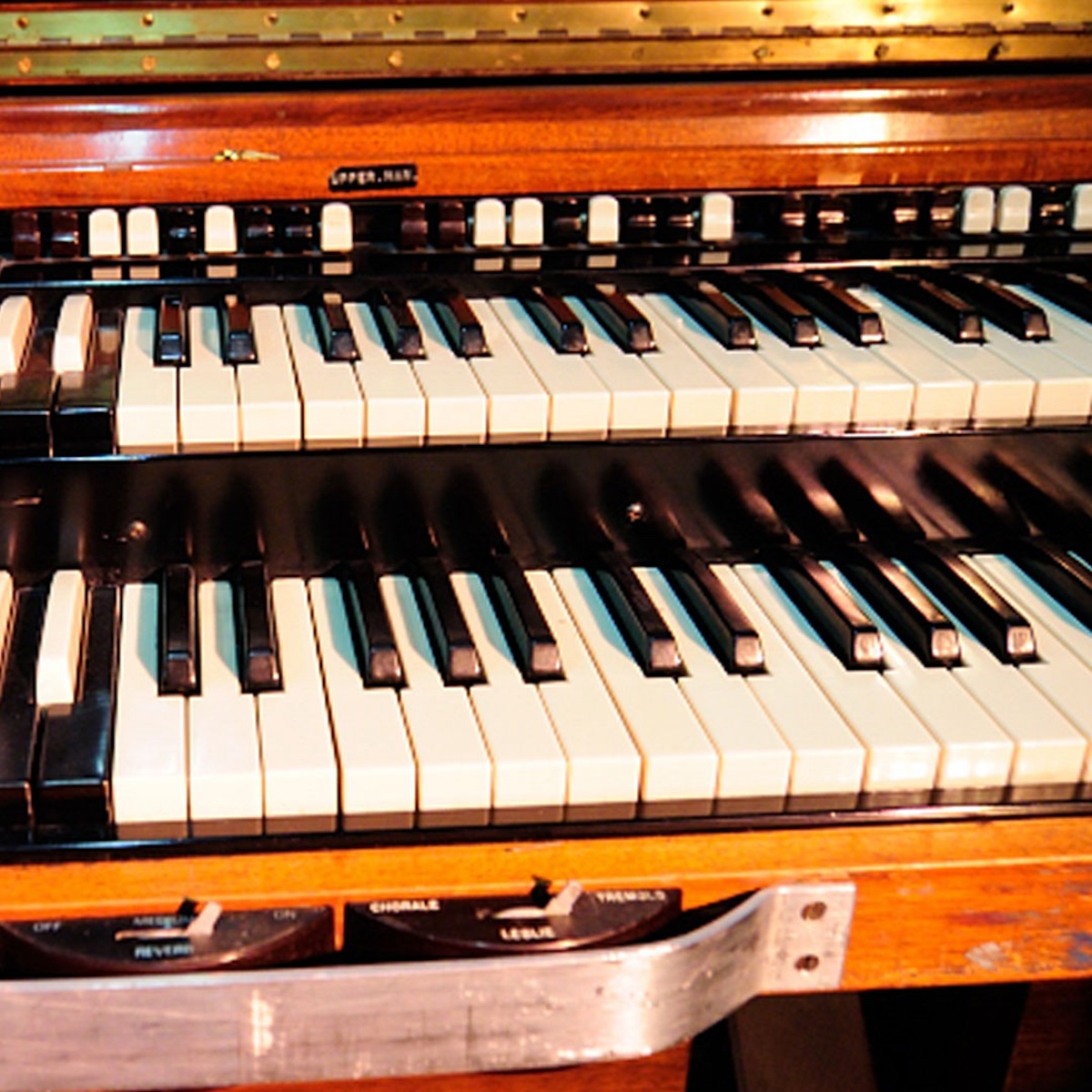
Of course, many of these instruments — and others, as well as aspects and techniques of Abbey Road’s sound — are available to anyone in their own homes these days in the form of a digital plugin. Instruments and gear at Abbey Road have been extensively sampled for digital plugins you can use for many of the leading software platforms. I’ve heard the one Spitfire Audio made of the Mrs. Mills piano — it’s really cool. They recorded the instrument using vintage mics, gear and console, and the latest technology — and then blended the two to create a fantastic reproduction of the sound of the piano within the Studio 2 space.
That’s probably as close as I’ll ever get to it… or to Abbey Road’s legendary house-built Curve Bender, the RS-56 UTC (Universal Tone Control) Equalizer. It was a 1951 invention by EMI technician Mike Batchelor. It’s a piece of gear we would, these days, call a parametric EQ. It’s still in use, but there’s a plugin of that, too.
Anyway, I fashioned a playlist showing some notable appearances of Mrs. Mills‘ piano through the years. I did include the controversial Lady Madonna, which McCartney himself says was recorded on Mrs. Mills. There are lots of folks who believe the Steinway was used, and dramatically EQ’d. Who knows?
I also included You Never Give Me Your Money, but be aware the only Mrs. Mills section in that song is the piano solo. Likewise, in Rocky Raccoon, listen for it in the middle section.
Amongst my efforts to find it on songs by artists other than The Beatles or Mrs. Mills herself, I came across an Eddy Vedder solo track actually called Mrs. Mills. Not only is it performed on the namesake piano, but Ringo is on drums.
I’ve included Pink Floyd’s Paintbox from 1967. My guess is the piano at the end is the Mrs. Mills because the track was recorded in Studio 2, where the piano lives. Enjoy!
• • •
Area Resident is an Ottawa-based journalist, recording artist, music collector and re-seller. Hear (and buy) his music on Bandcamp, email him HERE, follow him on Instagram and check him out on Discogs.


